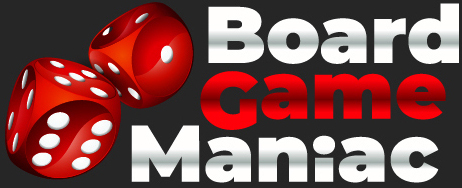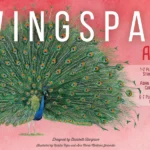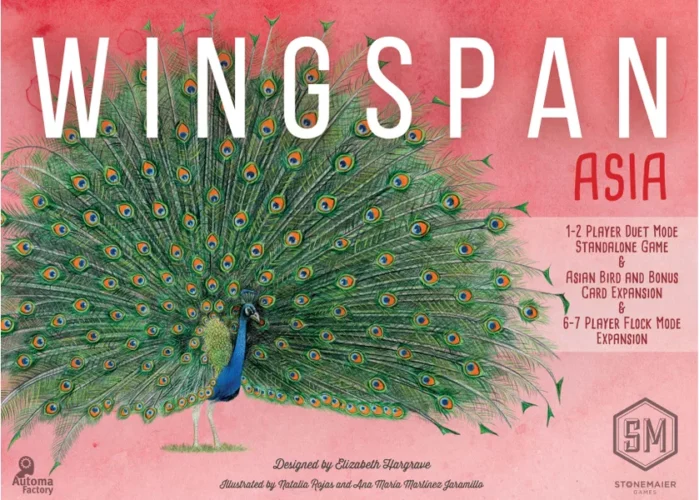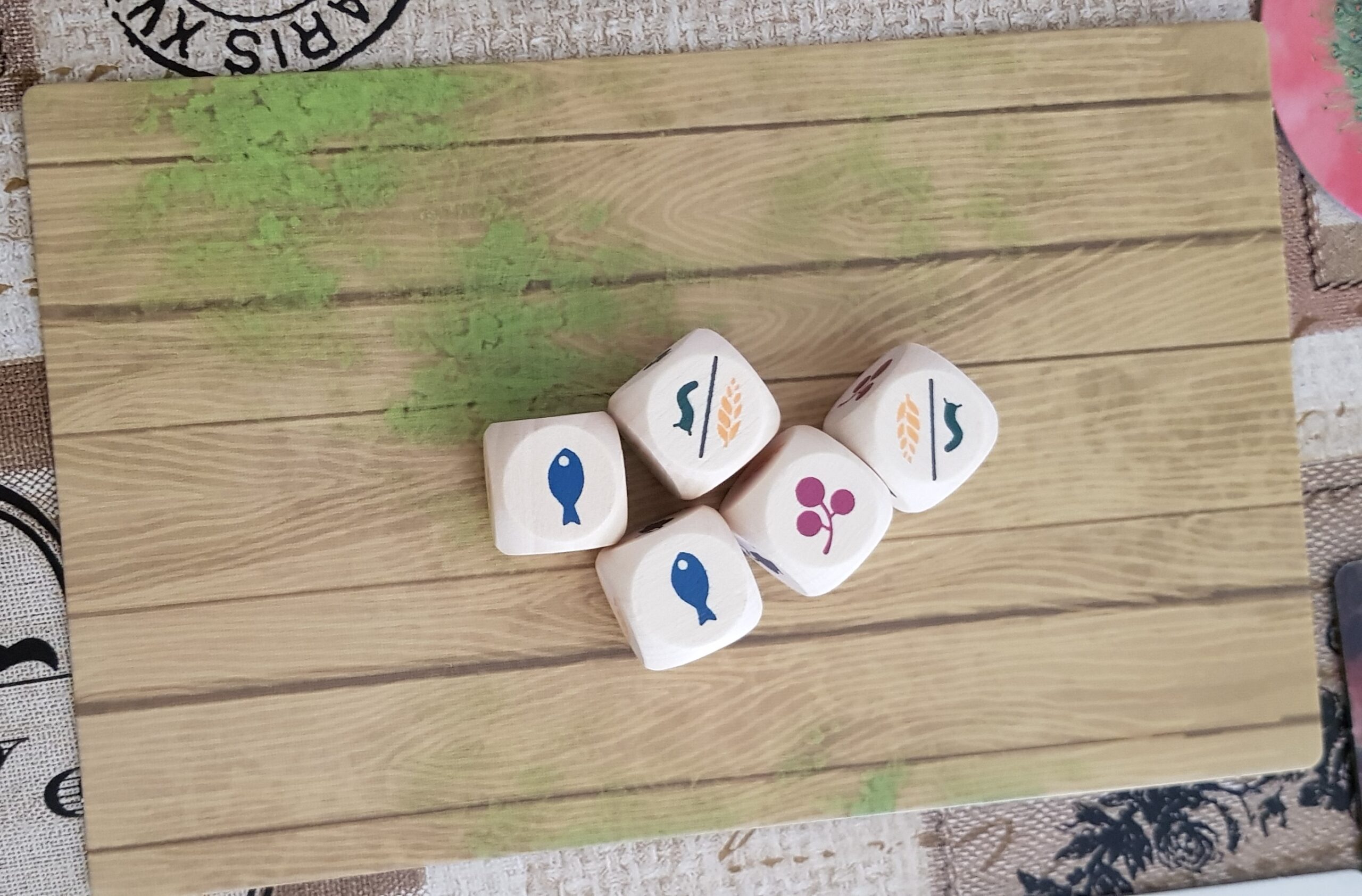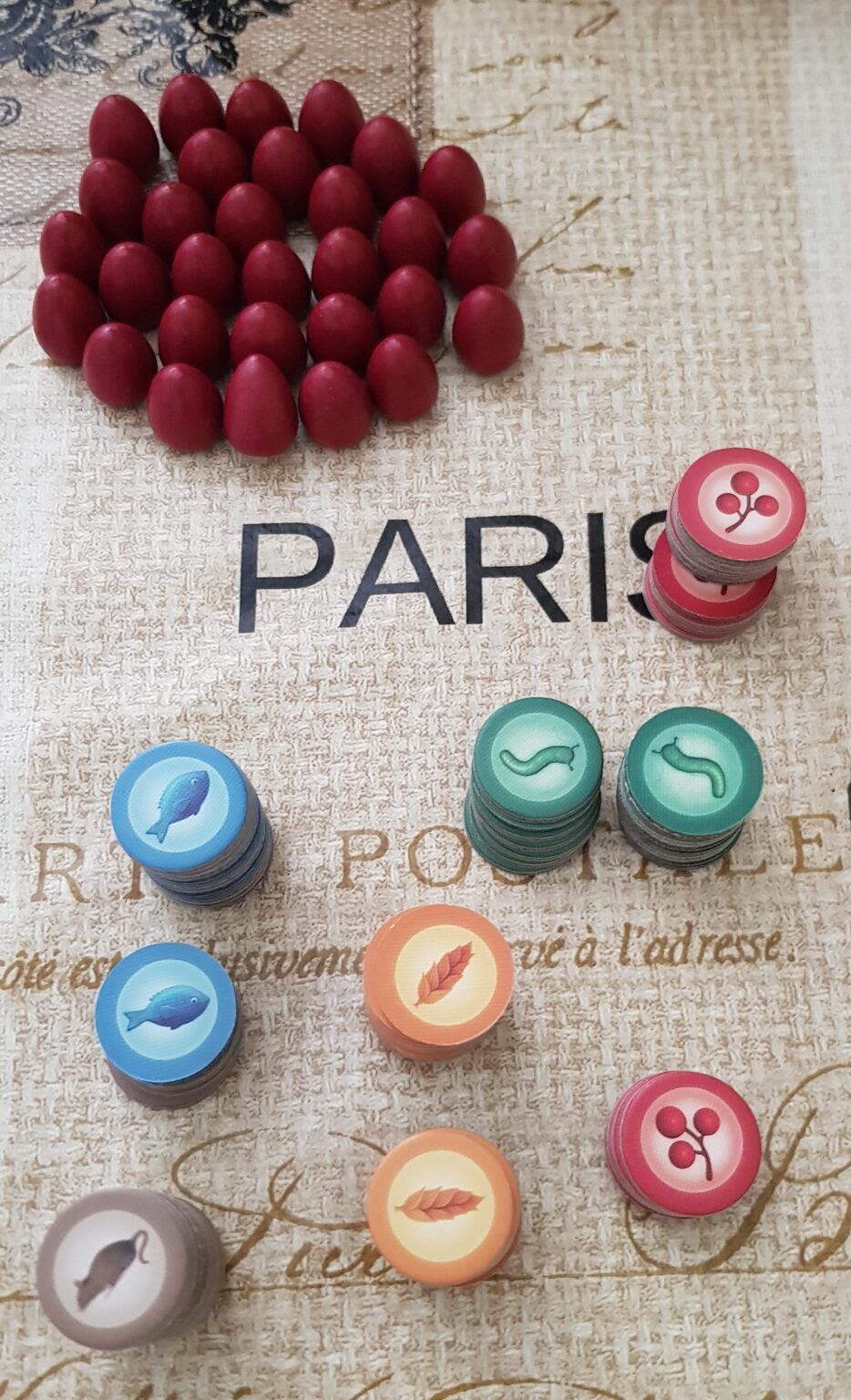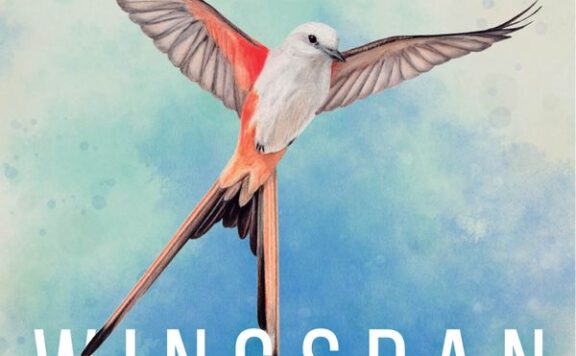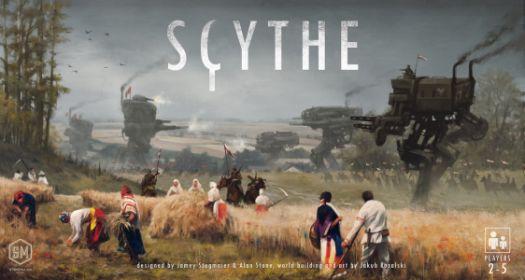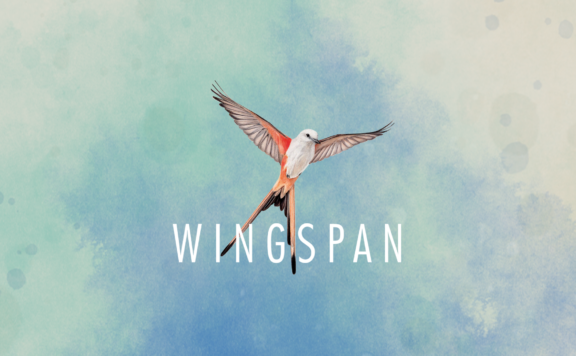In Wingspan, you are a bird collector. You start out with a few bird cards and food tokens plus a bonus card with a goal that will give you extra points. The game consists of four rounds, each one consisting of 8, 7, 6 and 5 turns per player respectively. On your turn, you will take 1 of 4 actions, as shown on the left side of your player mat:
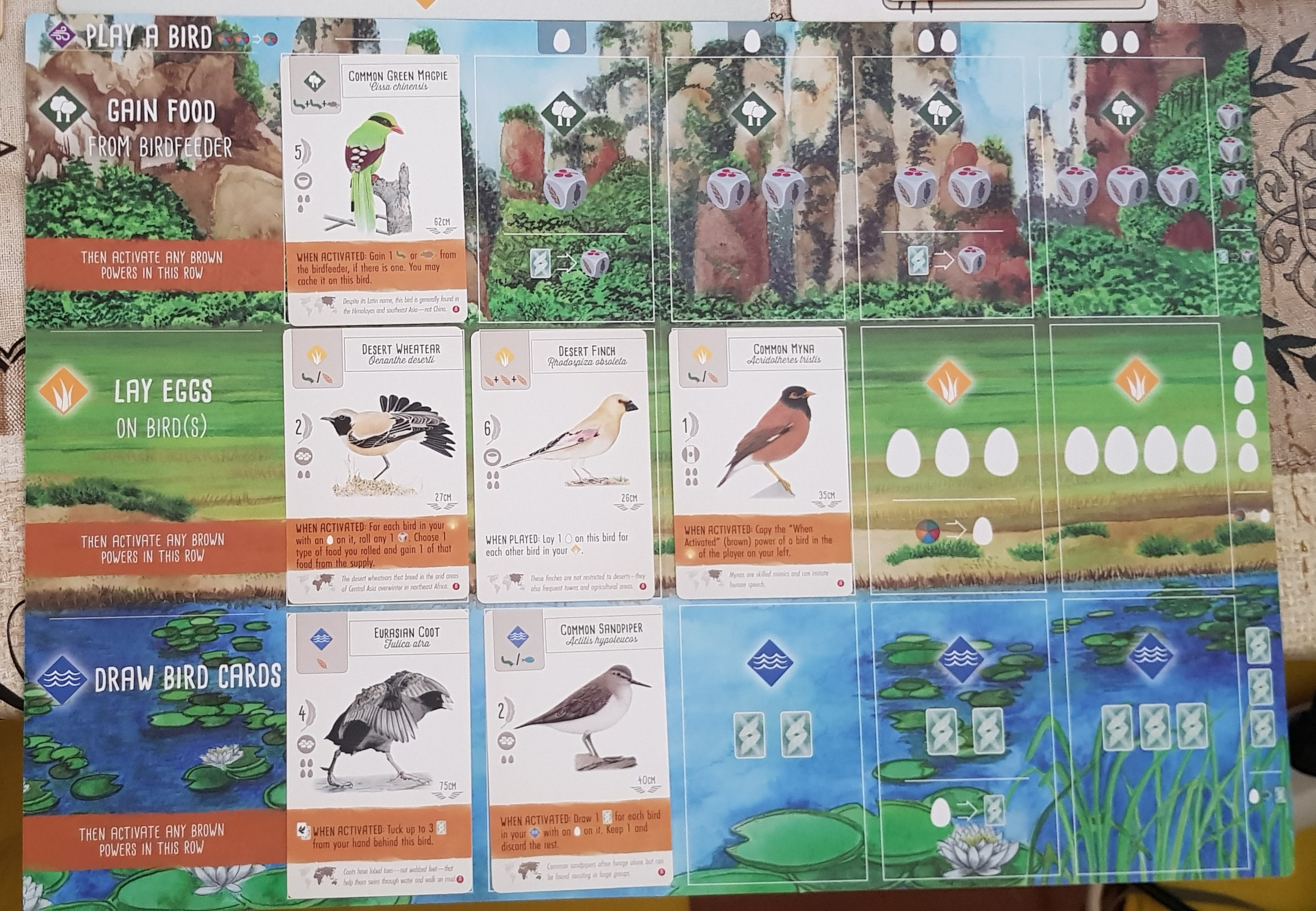
Wingspan Asia player mat
- Play a bird from your hand
- Gain food and activate forest bird powers
- Lay eggs and activate grassland bird powers
- Draw bird cards and activate wetland bird powers
To play a bird from your hand onto a habitat, place an action cube on the PLAY A BIRD spot above the column where you will play the bird. The “play a bird” row is one of the four major actions of the game, even though it’s much narrower than the other three. Pay the bird’s food and egg cost, then place the bird on your mat, triggering that bird’s white “When Played” power (if any). The Gain Food, Lay Eggs, and Draw Bird Cards actions follow the same 3-step process :
- Choose a habitat on your player mat and place an action cube on the leftmost exposed slot in that row. Gain the benefit of that slot.
- Move your action cube from right to left, activating any birds with a brown “When Activated” power in that row. Using each power is optional.
- When the action cube reaches the far left, leave it there (the number of cubes here may impact teal “Round End” powers). Your turn is over.
When all players have placed all of their action cubes, the round is over. Follow these steps in order:
1. Use round-end bird powers for birds on your player mat.
2. Score the end-of-round goal.
3. If Round 4 is over, use game-end powers and then count final scores. Otherwise, continue to step 4.
4. Remove all action cubes from your player mat.
5. Discard and replace all cards in the bird tray.
6. Pass the first player token clockwise to the next player.
The game ends at the conclusion of Round 4. After activating yellow “Game End” powers, use the scorepad to add together the following:
• Points for each face-up bird card on your player mat (printed on the cards)
• Points for each bonus card (printed on the cards)
• Points for end-of-round goals (shown on the goal board)
• Points for nectar (if playing with the Oceania Expansion)
• 1 point for each:
» egg on a bird card
» food token cached on a bird card
» card tucked under a bird card
The player who has the most points wins.
Now let’s see what’s new in Wingspan Asia:
- Duet map and Goal tiles. Instead of using the original end of round goal tiles, you can use the Duet map and duet end-of-round goal tiles included in this game. Four end-of-round goal tiles are chosen randomly from the six available tiles and put on the corresponding boxes on the bottom part of the map. The map has several places on it that belong to one of the three habitats and depict food, nest types, wingspans or eggs. Whenever you play a bird, you put a duet token on the map, at the region matching that bird’s habitat and also matching the food it eats or its nest type or its wingspan. Icons on the map depicting an egg or a dice or a card, give the respective bonuses when a duet token is placed there. The end-of-round goals involve placement of the duet tokens as shown in the picture below. At the end of the game you also score 1 point for each token in your largest contiguous group.

The Duet map
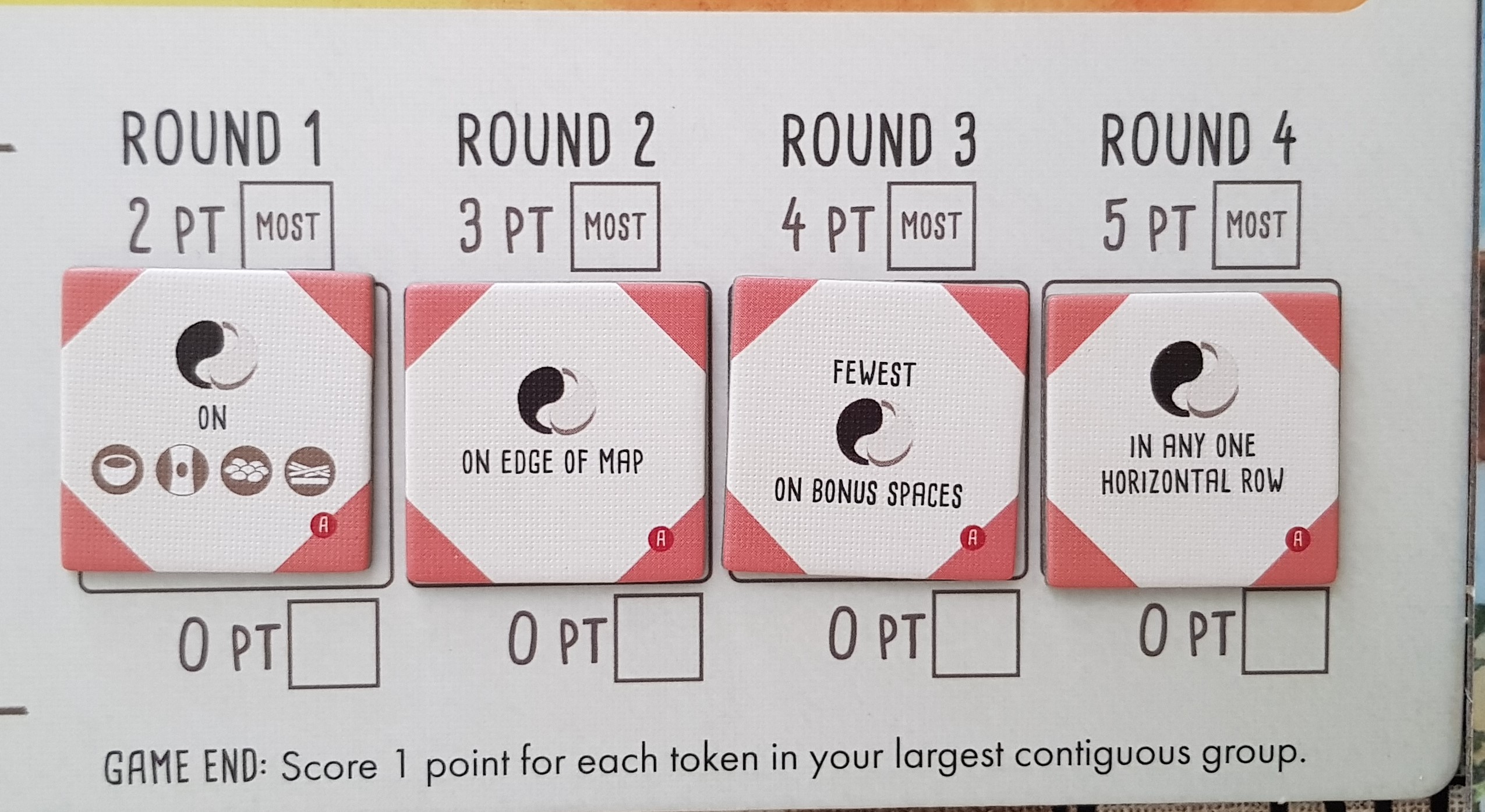
End-of-round goal tiles
Now let’s see how the game scores on each of our scoring categories:
Components
Wingspan Asia comprises of many components such as cards, player mats, egg miniatures, food tokens, end-of round-tokens, the duet map, duet tokens, food dice, action cubes, first-player token, a birdfeeder board, a flock turn order dial and a scorepad. Most components are similar to original Wingspan. The duet map is made of thick cardboard and so are the end-of-round goal tiles. All egg miniatures are of red color instead of the colorful ones in Wingspan which is perfectly ok. Unfortunately there is no birdfeeder dice-tower as in the original game and that is probably to keep the cost down as many players will use the game as an expansion to Wingspan so they will already have the dice tower. The first player token is pretty impressive featuring the image of a colorful peacock as in the cover of the box. I was also impressed by the relativelly small box of the game (it doesn’t take up a lot of space to store). All in all the components of the game leave nothing to be desired. 10/10
Birdfeeder tray
Gameplay
Original Wingspan excelled in gameplay but 2-player games wasn’t its sweet spot. Wingspan Asia comes to fill the gap, presenting a game focused on 2 players.The Duet map presents that llittle touch needed to make 2-player fascinating and once you play a 2-player Wngspan Asia you won’t ever want to go back to playing 2-player original Wingspan. The competition between players for the best positions on the duet map is intense thus enhancing player interaction for which Wingspan is not greatly known. All other mechanisms are the same as in the original game. Bird abilities in this expansion are directed toward playing more cheap birds than fewer and more expensive birds but this is always somewhat subjective. The real challenge in playing Wingspan is finding the correct balance between your goals: you much play birds that are worth a lot of points but simultaneoulsy you must try to play birds that have useful abilities when combined. That is not easy at all due to the limitations of available food in the birdfeeder and available cards in the tray. In Wingspan Asia however there is a way to reset food in the birdfeeder using duet tokens. Moreover you must be competitive in reaching the end-of-round goals featured on the duet map. Trying to combine all of the above simultaneously is what makes each game of Wingspan unique. 9/10
Learning Curve
The game has straight forward rules which actually revolve around the four possible actions: playing a bird, gaining food and activating birds in the forest, laying eggs and activating birds in the grassland and gaining cards and activating birds in the wetland. In order to help new players get accustomed to the game, there is a 4-round tutorial using specific birds and food at the start of the game. This tutorial is called “swift-start guide” and is printed on two pieces of cardboard, to be given to each of the two players. This guide really helps new players get the feel of the game but of course the rulebook must be read at least once. All in all Wingspan Asia is easily taught and learned. 9/10
Theme
In Wingspan, according to the manual, you are bird enthusiasts—researchers, bird watchers, ornithologists, and collectors—seeking to discover and attract the best birds to your network of wildlife preserves. Each bird extends a chain of powerful combinations in one of your habitats. In reality, I am not really sure that it feels like being a bird enthusiast while playing the game. It kind of seems like the same mechanisms could be applied in a different theme without the theme itself having much importance. Maybe it is that we don’t get much information about the process that the birds arrive at their habitats. They are just cards that appear in the tray and we just draw them and play them on the board. On the other hand i don’t see how differently it could be simulated. 6/10
Replayability
Wingspan Asia as the original Wingspan has great replayability. That is due to great variety of bird cards combined with bonus cards and end-of-round goals which produce always different game experiences. This game as a stand-alone, enhances replayability of two-player games by adding the element of the duet map which presents an extra challenge for players who compete over achieving end-of-round goals in a whole different, more interesting way. 8/10
Player Interaction
Player interaction has never been the strong point of Wingspan. Each player quietly develops his own bird shelter, without interfering much to other players’ plans. This sounds natural as collecting birds has never been a competitive hobby. The only way to interact is using some bird abilities that affect other players. Wingspan Asia however somewhat enhances this factor by adding some more competition over best placement on the duet map. 6/10
Final Thoughts
If you like the concept and mechanics of Wingspan, you don’t have the base game yet and plan to play mainly with 2 players then Wingspan Asia is your best bet. It features more interesting gameplay for 2 players than the base game and it is cheaper. It lacks the awesome birdfeeder of the base game but that seems not very important after all (except if you absolutely love it). On the other hand if you own the base game and you are examining possible expansions to buy, Wingspan Asia features 170 new bird cards from Asia, beautifully illustarted, which will give your game more variability and it also features components for up to 7 players. With the versatility and the new features it provides, Wingspan Asia seems to have something for all Wingspan fans, new and old alike.
Recommended for: Everyone
According to our scoring system for board games, scoring categories have different weights. Components have 13% weight, Gameplay 35%, Learning curve 6%, Theme 5%, Replayability 26%, Player Interaction 15%. According to this system and the above scoring in each category, overall weighted scoring of the game is:
Overall: 8.27
